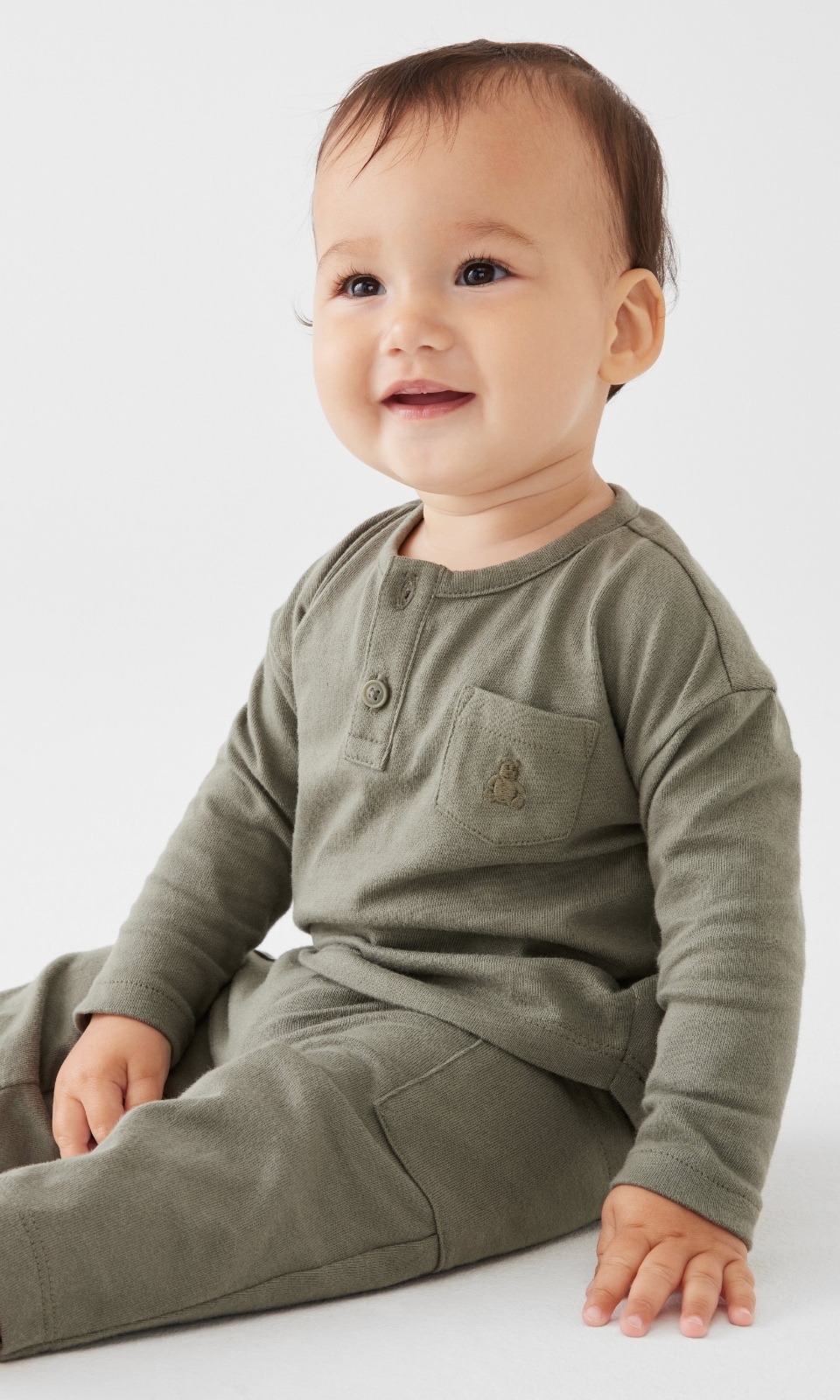
Baby Gap: A Comprehensive Guide to the Iconic Children’s Clothing Brand
Introduction
Baby Gap, a subsidiary of the renowned Gap Inc., has established itself as a leading force in the children’s clothing industry. Since its inception in 1987, the brand has captured the hearts of parents and children alike with its adorable designs, high-quality fabrics, and commitment to sustainability. This comprehensive guide delves into the history, values, product offerings, and global reach of Baby Gap, providing an in-depth understanding of this beloved brand.
History and Evolution
The story of Baby Gap begins in 1987 when Gap Inc. recognized the growing demand for stylish and affordable children’s clothing. The first Baby Gap store opened its doors in San Francisco, California, offering a curated collection of infant and toddler apparel. The brand quickly gained popularity, expanding its reach to over 1,000 stores worldwide within a decade.
Over the years, Baby Gap has evolved to meet the changing needs of its customers. In 2008, the brand launched its first line of organic cotton clothing, demonstrating its commitment to sustainability. Baby Gap has also expanded its product offerings to include accessories, bedding, and home décor, creating a comprehensive lifestyle brand for families.
Values and Mission
At the core of Baby Gap’s success lies a set of unwavering values that guide its operations and product development. These values include:
- Quality: Baby Gap is renowned for its high-quality fabrics and construction, ensuring that its garments are durable and long-lasting.
- Style: The brand’s designs are both adorable and practical, combining classic silhouettes with playful prints and patterns.
- Sustainability: Baby Gap is committed to reducing its environmental impact by using sustainable materials and ethical manufacturing practices.
- Inclusivity: The brand believes that every child deserves to feel comfortable and confident in their clothing, regardless of their size, shape, or background.
Product Offerings
Baby Gap offers a wide range of clothing and accessories for infants, toddlers, and young children. Its product line includes:
- Clothing: Baby Gap’s clothing line encompasses everything from bodysuits and onesies to dresses, pants, and outerwear. The brand’s signature styles include its iconic logo hoodies, cozy fleece sets, and adorable printed t-shirts.
- Accessories: Baby Gap complements its clothing line with a variety of accessories, including hats, scarves, socks, and shoes. The brand’s accessories are designed to add a touch of style and functionality to any outfit.
- Bedding: Baby Gap’s bedding collection features soft and cozy fabrics in a range of colors and patterns. The brand’s bedding sets include blankets, sheets, and comforters, creating a comfortable and inviting sleep environment for little ones.
- Home Décor: Baby Gap extends its reach beyond clothing and accessories with a line of home décor items. The brand’s home décor collection includes wall art, storage baskets, and decorative pillows, adding a touch of whimsy and style to any nursery or child’s room.
Global Reach
Baby Gap has established a global presence with over 1,000 stores in more than 50 countries. The brand’s international expansion has been driven by its ability to adapt its product offerings to meet the cultural and style preferences of different markets.
In addition to its retail stores, Baby Gap also operates an e-commerce website that ships to over 100 countries. The brand’s online presence allows customers worldwide to access its full range of products and enjoy the convenience of shopping from home.
Sustainability Initiatives
Baby Gap is committed to reducing its environmental impact and promoting sustainability throughout its operations. The brand’s sustainability initiatives include:
- Organic Cotton: Baby Gap uses organic cotton in many of its products, which is grown without the use of harmful pesticides or fertilizers.
- Recycled Materials: The brand incorporates recycled materials into its packaging and shipping materials, reducing waste and conserving resources.
- Ethical Manufacturing: Baby Gap works with ethical manufacturers who adhere to fair labor practices and environmental standards.
- Water Conservation: The brand has implemented water-saving measures in its manufacturing processes, reducing its water consumption.
Community Involvement
Baby Gap believes in giving back to the communities it serves. The brand supports various charitable organizations and initiatives focused on children’s health, education, and well-being.
One of Baby Gap’s most notable community involvement programs is its partnership with the Boys & Girls Clubs of America. The brand provides financial support and volunteers to help create safe and supportive environments for children and youth.
Conclusion
Baby Gap has become an iconic brand in the children’s clothing industry, capturing the hearts of parents and children worldwide. Its commitment to quality, style, sustainability, and inclusivity has earned it a loyal customer base. As the brand continues to evolve and expand its reach, Baby Gap remains a trusted source for adorable, practical, and environmentally conscious clothing and accessories for little ones.
